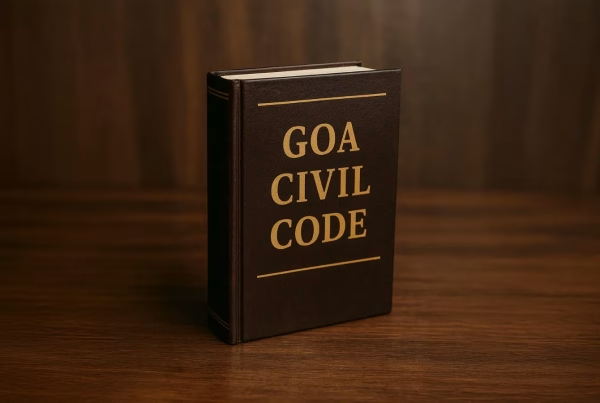Navratri is one of India’s most vibrant festivals, celebrated with devotion, dance, and cultural pride. While most people think of Gujarat Navratri with its glittering garba nights or Durga Puja in Bengal with its majestic pandals, the festival takes on very different meanings across the country.
Rooted in the same belief—the triumph of Goddess Durga over Mahishasura—Sharad Navratri (the autumn Navratri) brings together diverse rituals and expressions.
As Durga Puja 2025 approaches, let’s travel through Gujarat, Bengal, and Tamil Nadu to explore how the nine nights of worship turn into unique experiences.
Gujarat – Dance of Devotion
If there is one image the world associates with Navratri, it is Gujarat’s garba and dandiya. Here, Navratri is not just a festival, it’s a cultural heartbeat. Each night, people gather in vast grounds dressed in colorful chaniya cholis and kediyas, moving in circles around a lit lamp or earthen pot symbolizing Shakti. The rhythm of the dhol and the clashing sticks of dandiya recreate Durga’s battle against Mahishasura.
Beyond devotion, Gujarat Navratri has become a celebration of community and identity. From villages to cities, from college grounds to international stages, garba has traveled across the globe.
For Gujaratis abroad, joining a garba night is often their way of reconnecting with roots. Unlike other regions, where rituals are more confined to temples, Gujarat has turned Navratri into a grand public carnival of faith and festivity.
Bengal – The Homecoming of the Goddess
For Bengalis, Durga Puja in Bengal is the soul of Sharad Navratri. While the rest of India worships for nine nights, Bengal welcomes Durga as a daughter returning home from Kailash to her parents. The air fills with the sound of dhaak drums, the fragrance of shiuli flowers, and the sight of towering idols of Maa Durga with her children—Lakshmi, Saraswati, Kartik, and Ganesha.
Do you know – Soil from brothel is used for idol making ?
The rituals are deeply symbolic. Sandhi Puja, performed at the juncture of Ashtami and Navami, marks Durga’s most powerful moment of slaying Mahishasura. Kumari Puja honors young girls as living goddesses, while the Dhunuchi Naach—devotees dancing with smoking incense pots—is a mesmerizing sight.
But Durga Puja 2025 is more than religion. It is art, theatre, and community rolled into one. Pandals showcase creativity, from mythological themes to social commentary. The festival is also an economic lifeline, supporting artisans, craftsmen, and performers. In Bengal, Navratri is not just celebrated—it is lived.
Tamil Nadu – Dolls and Devotion
In the South, Tamil Nadu Golu brings a creative and family-centered dimension to Navratri. Here, households arrange Bommai Golu—tiers of steps decorated with dolls depicting gods, goddesses, scenes from mythology, and even everyday life. Families invite guests to view the Golu, sing devotional songs, and exchange gifts and prasadam.
The festival focuses on the divine feminine in her three forms: Durga, Lakshmi, and Saraswati. Each set of three days is dedicated to one aspect of Shakti—power, prosperity, and wisdom. Beyond worship, the Golu tradition has become a way to pass on stories, values, and artistry across generations.
Unlike the grandeur of Bengal or the mass gatherings of Gujarat, Tamil Nadu’s Navratri thrives inside homes, in the intimate sharing of culture, creativity, and community bonding.
Different Celebrations, One Feeling
Navratri may have one root—the worship of Shakti—but across India, it blossoms in countless forms. In Gujarat, it is devotion expressed through dance. In Bengal, it is Durga’s homecoming celebrated with art and spectacle. And in Tamil Nadu, it is dolls and songs filling homes with stories of faith.
As Durga Puja 2025 approaches, remembering these regional traditions reminds us that India’s diversity is its greatest strength. Whether in the form of a lamp, an idol, or a doll, Navratri binds millions in one truth—the eternal victory of light over darkness, of good over evil.



